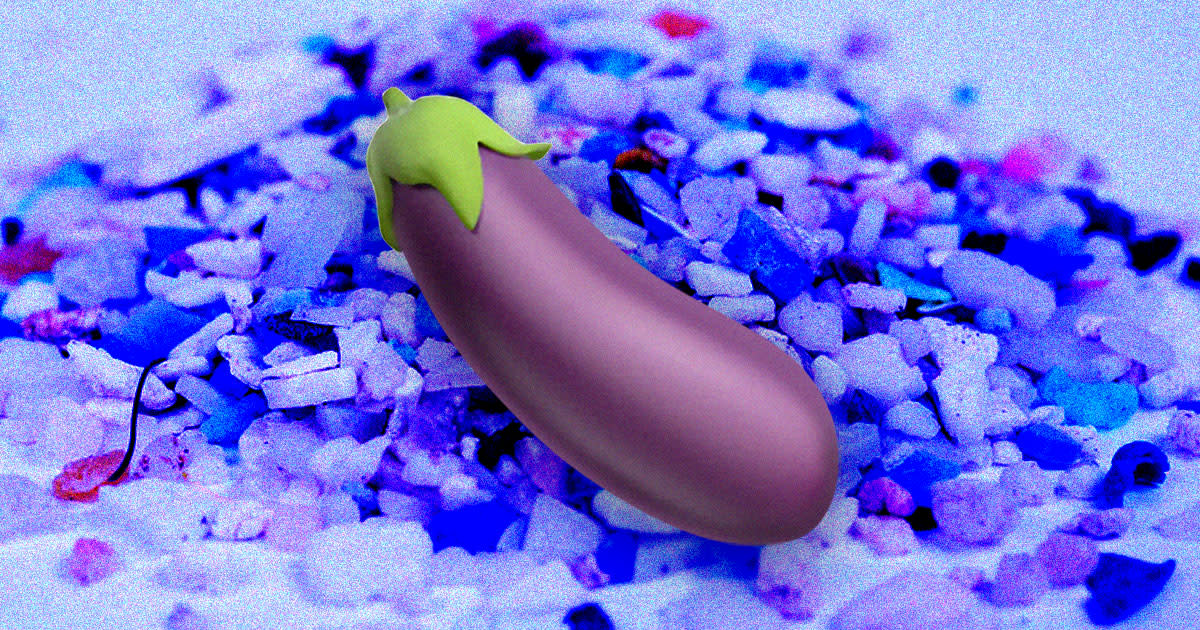Microplastics Found in Human Penises

For the first time, scientists have found microplastics in human penises — showing once again that they've spread absolutely everywhere, and further highlighting the need to study their potential impact on human reproductive health.
As detailed in a study published in the journal IJIR: Your Sexual Medicine Journal this week, scientists found microplastics in 80 percent of penile tissue samples taken from six individuals who were diagnosed with erectile dysfunction and had an inflatable penile prosthesis surgically fitted.
The microplastics ranged from 20 to 500 microns in diameter, with the commonly used plastics polyethylene terephthalate (PET) and polypropylene (PP) being the most prevalent.
"The detection of microplastics in penile tissue raises inquiries on the ramifications of environmental pollutants on sexual health," the paper reads. "Our research adds a key dimension to the discussion on man-made pollutants, focusing on microplastics in the male reproductive system."
The news comes after researchers found microplastics in both human testicles and semen.
How these tiny particles affect human health, however, remains mysterious. It could even be possible that their presence may be related to the patients' erectile dysfunction — either that the microplastics caused the ED, or that the penile prostheses introduced it to the region.
"We need to identify whether microplastics are linked to [erectile dysfunction] and if there is a level beyond which it causes pathology and what types of microplastics are pathologic," lead author and University of Miami reproductive urology expert Ranjith Ramasamy told CNN.
Ramasamy is hoping to "create more awareness about the presence of foreign bodies within human organs and foster more research surrounding this topic" with his research.
Nonetheless, he wasn't surprised by the results, telling The Guardian that "the penis is a vascular, spongy organ so [it's] definitely vulnerable."
"You need good hormones, nerves, blood supply, and good smooth muscle tissue for an erection to happen," he explained.
University of New Mexico professor of pharmaceutical sciences Matthew Campen, who was not involved in the research, but coauthored the study about microplastics in human testicles, called the study "concerning" in an interview with CNN.
"Plastics are generally non-reactive with the cells and chemicals of our bodies, but they could be physically disruptive to the many processes our bodies undertake for normal function, including functions related to erection and sperm production," he said.
In short, it's a troubling new development in the extreme pervasiveness of microplastics in our natural environment and even inside our bodies.
"We’ve moved past whether we have microplastics in us, to whether there is a level of microplastics beyond which things become pathologic," Ramasamy told The Guardian.
More on microplastics: Scientists Found Microplastics in Every Human Semen Sample They Examined


